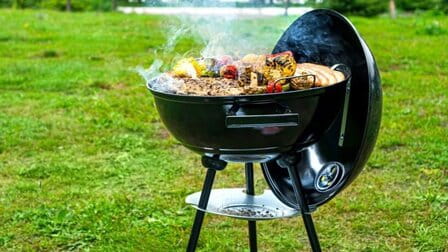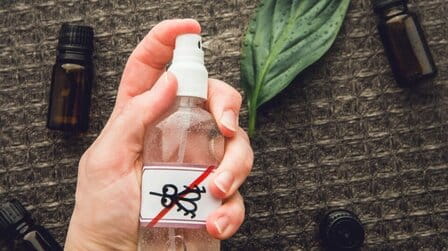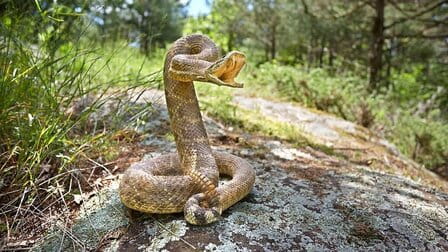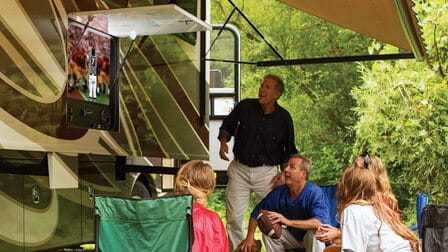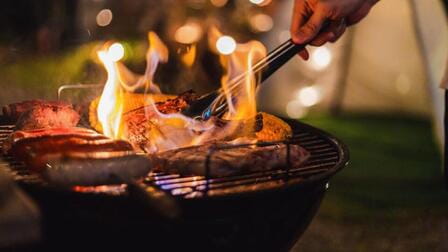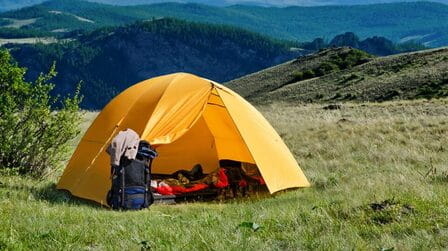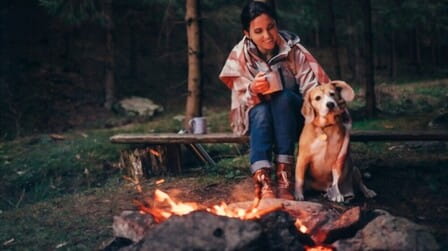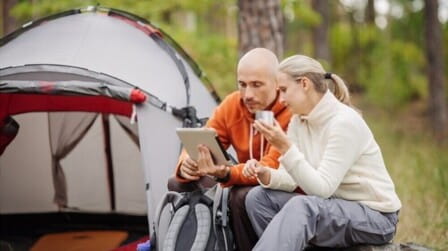Mealtime is a significant and crucial aspect of the activity, whether returning to camp after a long day of exploration or spending the weekend in nature with friends. Having the appropriate equipment for the task at hand may make the difference between a tiresome task and a wild good time. How do you choose the best camp cooking equipment for you and your team when there is so much available? Both discerning diners and ramen addicts can profit from our in-depth testing procedures and publications. Continue reading to find out why you might need a camping stove and some advice on how to choose a camping stove.
How to Choose Camping Stove
The ideal camping stove mostly relies on your camping style. Are you an avid chef for your family and friends at group campsites, or do you prefer to camp alone and reheat a can of beans and grill the day's catch? Most likely in the center. The good news is that you can find a camp stove. The thorough guide that follows will explain the many camping stove types available on the market and provide you with enough background information to feel comfortable selecting a purchase. At the very least, you'll pick up a few new facts; at the very best, you'll experience an outdoor food revolution. And here are some factors on the list of how to choose a camping stove.
Backpacking stoves versus camping stoves
The first thing before you want to know how to choose a camping stove is you need to make sure you are needing a backpacking stove or a camping stove. These are the first questions to ask yourself before purchasing a stove. Driving to your campground, parking your car, setting up your tent in the designated area, and then relaxing for the weekend (or week, if you're lucky!) are the steps involved in camping, or automobile camping. Stoves are no different from other camping equipment in that they are frequently heavier, bulkier, and designed for comfort.

The majority of camping stoves feature two burners, are propane-powered, sit on top of a table, and are equally effective at both boiling water and creating omelets. Larger camping stoves may be used alone and are suitable for cooking exquisite meals.
On the other hand, when you backpack, you hike into the wilderness while carrying a backpack full of survival supplies. Gear for backpacking is frequently more specialized, lighter, and smaller. The majority of backpacking stoves just have one burner, are lightweight, take up nearly little space, and are excellent at boiling water.
Gas Liquide
Liquid gas is used to create a flame in some of the market's most reliable and tried-and-true stoves. Since they are reliable and can be used with a variety of liquid fuels, such as white gas, kerosene, unleaded car petrol, diesel fuel, and jet fuel, they are frequently the stoves of choice for camping expeditions. However, be careful to check the instructions before putting any form of liquid fuel in your stove since some are only meant to be used with specific types. The availability of these fuels and how simple it is to keep them in a re-fillable, separate container make them very advantageous.

White gas may be preferable to pressured fuels if you anticipate camping or hiking in bitterly cold weather or if you want to camp at a high altitude. The most heat is often produced by white-gas stoves, which also work well in the cold or at high altitudes.
Priming
Be aware that you must prime the fuel before you can turn on a liquid fuel stove if you decide to use one. By "priming," you effectively warm up the stove's parts, particularly the fuel line, which aids in pressurizing the liquid and converting it to a combustible vapor. If you fire the stove correctly the first time, the entire process only takes one to two minutes.

Boiling
Boiling is also one of the factors on the list of how to choose a camping stove. Consider additional particular functions, such as how long it takes the stove to boil liquids, once you've chosen the sort of fuel you'll be using. One liter of water heated to 70°F is tested to see how long it takes to reach boiling temperature. A typical boil time using white gas for one liter of water is reported as being 3.5 minutes (minimum) for MSR's Whisperlite International stove, for instance.
However, keep in mind that temperature and altitude affect how rapidly water boils. That water will boil at roughly 194°F if you're camping at 10,000 feet as opposed to 212°F at sea level.
Burn Period
Prior to purchasing the stove, be sure to investigate its burn time. You may use this measurement to determine how long one fuel bottle will last on your stove. However, keep in mind that fuel canisters come in a variety of sizes, making this one of the most crucial elements in determining how long your stove will burn. For every eight ounces of fuel, the MSR PocketRocket, for instance, has a burn duration of up to an hour.

Fuels Under Pressure
The use of pre-pressurized canisters in pressurized fuel stoves eliminates the requirement for priming and makes it much simpler to begin cooking. These canisters often contain propane or butane mixtures, which may quickly attain their greatest heat. However, pressurized gasses tend to freeze in below-freezing conditions, which results in the canister starting to lose pressure. You could notice your flame suddenly flicker to nothing if it becomes cool enough. Likewise, these stoves may experience pressure loss at very high elevations.
Therefore, stoves employing pressurized fuel may be the safest option if you don't want to fuss with priming and aren't climbing mountains in the cold. Additionally, these stoves are a perfect addition to your camping equipment setup because they tend to be lighter and the flame is simpler to control.
If you use these canisters, keep in mind that once they're empty, you'll need to properly dispose of them. Most communities have a program for handling hazardous trash, and some of them even have one just for compressed gas tanks.
Camp Stoves That Burn Wood
Last but not least, the capacity of a camping stove is a good thing because you have to know how to choose a camping stove. On rare occasions, you could come with a camping stove that uses wood to burn fuel rather than liquid or compressed gas. This little, portable burner warms your water or meals using twigs and bits of wood you pick up along the route, and it also turns the heat from the fire into useful power so you can recharge your phone or other devices. Talk about a breakthrough!
While pre-buttered buns, trail mix, and peanut butter are absolutely suitable on the trail, it may be time to reward yourself with a nice cup of ramen noodles and veggies after a tough day in the woods using one of these camping stoves.
Conclusion
We hope the wealth of information above will help you choose the ideal camping stove. You're in good company because at the end of the day you'll be eating pancakes and drinking hot coffee in the wilderness on how to choose a camping stove.

